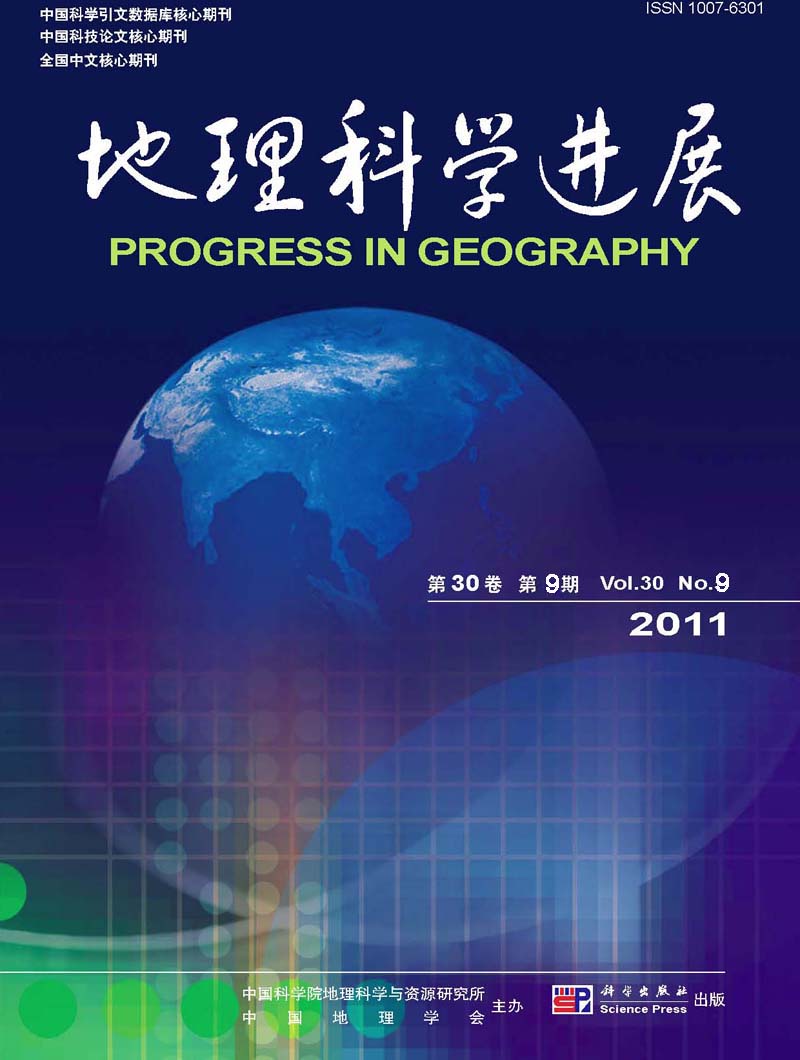Original Articles
WANG Liwen, WEI Yaxing
Wetlands is important ecosystems with high productivity and abundant biology diversity. Wetlands have high resource values, economic values, environmental values and a variety of ecological functions. Wetlands research has become a highlighted domain that associates with geography, environment and ecology. The earliest article about wetlands monitoring by radar remote sensing appeared around 1970. Afterwards, many satellites radar sensors were launched, such as SEASAT, ERS, JERS-1, Radarsat, Envisat, ALOS and TerraSAR-X; many space shuttle radar sensors were used, such as SIR-A, SIR-B, SIR-C/X-SAR and SRTM; many airplane sensors were applied, such as AIRSAR, EMISAR and E-SAR. Researchers have published a lot of papers about wetlands and radar data.
Monitoring wetlands by radar remote sensing have undergone for 20-30 years and yielded many achievements. But a great number of problems for complicated wetlands still need to be further researched. In this paper, main radar parameters including wave length, polarization, and incident angle were discussed, and involved issues such as temporal and environmental effects and analysis technologies were reviewed. Research conclusions published in geographical literatures and development trends were also analyzed.
The latest literature shows that multi-dimension radar dataset has been used for wetlands location determination, area estimation, and environmental condition analysis. Wetlands mapping based on radar data is not limited in research. This trend can speed up the use of radar data, and expand the application diversity. It has been a programmed process for flooding region mapping from radar data. Radar data in environment monitoring have become accepted tools in the studies such as epidemic region mapping, rangeland management and pollution prevention.
Radar remote sensing plays an important role in protecting fragile wetlands environment. Under any weather conditions, radar system can provide high resolution observation data, so it has become a special earth resource monitoring technology. In addition, radar remote sensing can provide land cover type information and underground physical characteristics that cannot be detected by other spectral bands. With the development of multi-bands, multi-polarization, and multi-angle radar remote sensing system, its information value will be continuously boosted.
